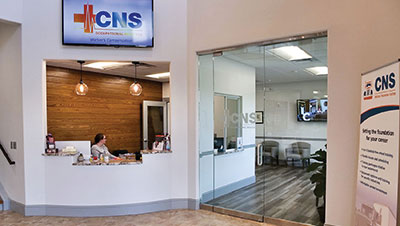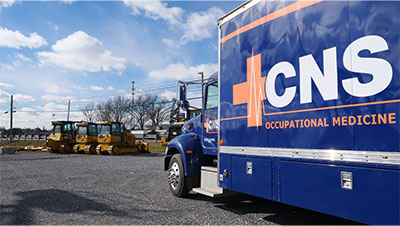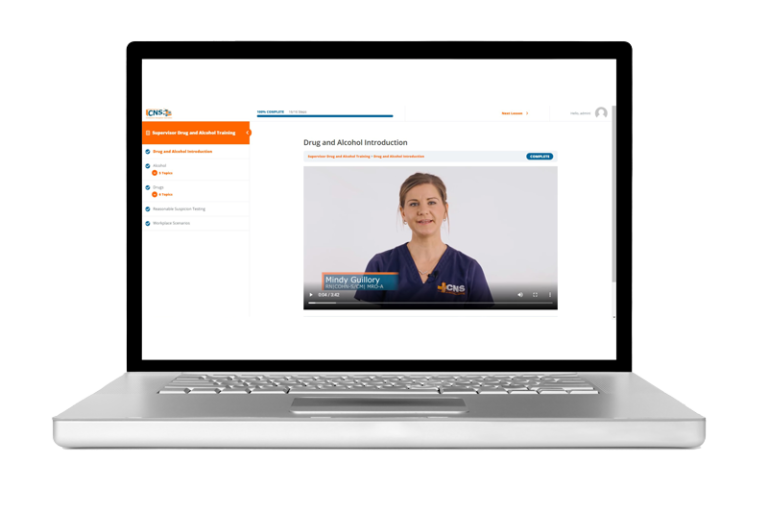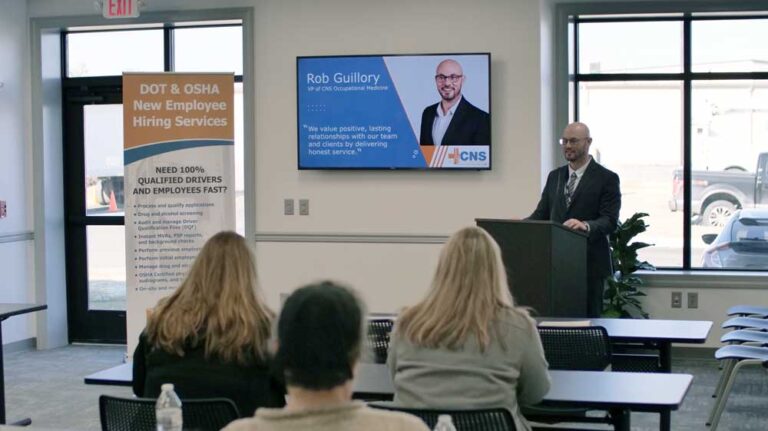There was a 633% increase in the rates of substituted drug testing specimens found for the general US workforce as employees try to cheat drug tests.
On May 15, Quest Diagnostics released their annual Drug Testing Index of 2023 drug testing data and we are shocked at what they found.
With over 5.5 million people in the general workforce data, we basically saw around 1,000 substituted drug testing specimens in 2022 surge to over 6,000 substituted specimens a year later!
Additionally, invalid urine specimens in the general U.S. workforce increased 45.2% (0.31% in 2022 versus 0.45% in 2023). A result of substituted or invalid suggests a specimen has been tampered with an attempt to conceal drug use.
What does this mean for employers?
The risk of hiring drug test cheaters
Employers who drug test their applicants and employees depend on the results to help ensure a safer, more productive, drug free workplace. This is critical to safety sensitive positions.
Why?
Over 65% of all accidents on the job are related to misuse of drugs or alcohol, costing companies millions of dollars each year in employee turnover, absenteeism, productivity loss, and workers compensation costs.
People are choosing to dilute, substitute, or cheat on their drug screens for many reasons, but the primary one is to not allow laboratories to detect drugs currently present in their system.
This is important to understand as Americans consume 60% of the world’s production of illegal drugs, according to the Society for Human Resources Management (SHRM), which inevitably affects the workforce.
For example, substance abusers:
- Are about 3.5 times more likely to be involved in accidents on the job and 5 times more likely to hurt themselves at work, according to ACDE.
- Are 5 times more likely to file for worker’s comp.
- Are responsible for 40% of all industrial fatalities.
Additionally, OSHA reports that 10% to 20% of the nation’s workers who die at work also test positive for drugs or alcohol.
How drug test cheaters try to cheat
There are four methods of cheating on a urine drug test: dilution, adulteration, substitution, and bribery.
Some studies say that 31% of drug users have used detox drinks to avoid getting caught by the employer, 23% have reported they substituted urine samples, and 20% have diluted the urine sample with water.
Dilution: This is the process of reducing the concentration of drug or drug metabolites in the sample. Many cheaters try to do this by adding fluid to the sample or by drinking large amounts of fluid to dilute the specimen, called “internal dilution.” If the amount of the natural substance creatinine in the urine is abnormally low, internal dilution may be the cause.
Drug testing laboratories all routinely test samples to detect dilution.
Adulteration: This is when chemical adulterants are directly added to a urine specimen. Many products intended for oral consumption and claiming to help “rid the body of toxins” are sold over the internet. Although these “body cleansing” products may claim to “rid the body of toxins”, they appear to be effective only because of the large amounts of water the user is instructed to consume along with the teas or powders.
Substitution: This is the process of substituting one person’s urine with that of someone (or something) else’s. Synthetic urine, or replacement urine, is often available on the internet though there are countless examples of donors using the urine of a family member or friend. Before the sample is ever sent to the lab to be tested, the cheater has to properly mix the product, heat it, hide it, transport it, and not reveal the deceit.
Bribery: Every collection site will eventually experience a donor offering the staff $1,000 or whatever to “make this all go away”. They could do this by fixing the paperwork or peeing in a cup for the donor, all of which is illegal.
How collection sites and laboratories catch or prevent drug test cheaters
Although there are safeguards to help employers prevent a job applicant or an employee who uses drugs from cheating or altering a donor specimen, this latest analysis from the DTI shows that attempts to subvert detection are on the rise as well.
Related: Consequences of Cheating Drug Test, Selling and Possessing Fake Urine
There are several ways to catch cheating:
Collection room setup: There are many ways a collection room prevents cheating. For example, most sites add colored dye to toilet water in the donor stalls, turn off running water during the collection process, and ask donors to leave outer clothing such as coats and jackets outside of the restroom.
Analyze the collection process: Before the drug test even begins, staff can sense people acting differently or by the anxiety in the room. People often walk back and forth nervously or demand the paperwork be delayed. Then, during the collection, staff can hear the stream, tell if it is supposed to be a male or female sound, and if that sound just doesn’t seem right.
Analyze donor’s specimen: Good collection site staff can catch “lack of bubbles” when the donor’s specimen is shaken, pH levels off, scent, and temperature. For example, if a specimen falls outside of 90–100 degrees Fahrenheit, it is clearly fake.
Observed drug test collections: Observed collections are another way to fight drug test cheating. The U.S. Department of Transportation (DOT) requires collections to be observed in many circumstances, including in the case of return to duty and follow-up tests. Some state laws do not permit observed collections for non-DOT collections.
Laboratory Specimen Validity Testing: With specimen validity testing, a laboratory can help ensure the integrity of the urine drug test by measuring pH, creatinine, and specific gravity (when indicated) and testing for adulterants that may be added to the urine specimen. The test results are provided to the Medical Review Officer or the customer for interpretation.
Trust your CNS collection site network
You don’t hire a plumber to do your electrical work, so why hire an urgent care clinic to do your drug testing?
CNS Occupational Medicine also offers a comprehensive Drug and Alcohol Consortium Service and are a certified consortium and third-party administrator (C/TPA).
Our experts ensure that all DOT rules and regulations are followed, including the implementation of random drug tests for you and your drivers, updating your company drug testing policies, record retention and document purge management.
We take all the necessary steps and precautions to keep you and your drivers compliant with the DOT drug and alcohol testing requirements.
For more information, contact us at 800.551.9816 or info@cnsoccmed.com.










